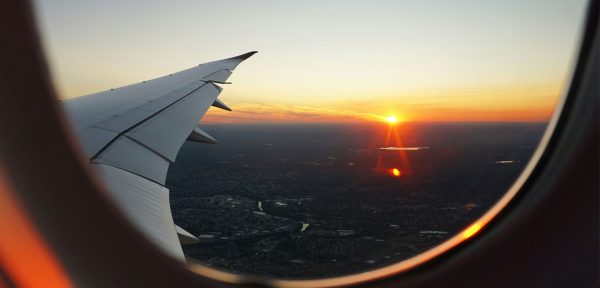On-Time Performance, Slot Relief and Sustainability Remain the Focus
Mega Airlines Ranked on OTP
In its year-to-date Punctuality League table, the OAG ranked the world’s largest airlines in terms of their on-time performance (OTP). Based on the months from January through November 2021, Japan scored in first place with a 92.1% OTP performance, followed closely by LATAM Airlines Group (91.9%), Delta Air Lines (90.6%), easyJet (89.4%) and Aeroflot Russian Airlines (88.5%) rounding out the top five. All of the top 10 airlines scored above 85% which, when compared with performance figures in the last year of normal flying, 2019, when the top 10 largest airlines had OTP scores of between 75% and 86%, shows a significant improvement.
OAG’s OTP report indicated that airlines in the Americas comprised six of the top 10 berths, with the Asia Pacific region represented by Japan Airlines and IndiGo, and Europe represented by only easyJet and Aeroflot.
Source: https://www.oag.com/blog/on-time-performance-in-2021-a-sneak-peek-at-the-most-punctual-airlines
European Commission Continues Slot Relief Rules through October 2022
The European Commission (EC) made the decision to prolong airport slot relief rules over the period from 28 March 2022 through 29 October 2022. This will enable the airlines to use 64% of the allocated slot series to retain their rights in those slots as the pandemic ensues in contrast to the normal requirement of 80%. It is expected that the new slot usage rates will help facilitate the “efficient” use of airport capacity, while benefitting passengers. Additionally, the “justified” non-use of slots’ exception, which protects airlines’ historic rights to slots, also will be extended.
In response to the slot relief rules announcement, ACI Europe Director General Olivier Jankovec stated, “Moving to a 64% usage rule for next summer is an essential and fully justified step in progressively restoring normal slot usage rules, which should be fully reinstated for winter 2022. The Commission’s decision reflects the new reality of the aviation market, where some airlines have downsized structurally while others are looking at expanding. There is no doubt this will facilitate the continued restoration of air connectivity and at the same time, allow for more effective use of airport capacity.”
Source: https://www.airport-technology.com/news/european-commission-slot-relief/
Aviation Industry Sets a Net-Zero Carbon Emissions Goal for 2050
The aviation industry is not fooling around when it comes to reducing emissions. It recently set a target goal of net-zero carbon emissions by the year 2050. To achieve this very ambitious objective, the industry will rely on a combination of tactics and technologies, including: sustainable aviation fuels (SAFs), radical airframe designs, cutting-edge propulsion methods, efficiency gains, carbon capture technology, and offsetting.
By2050, air travel passenger demand is expected to reach 10 billion passengers annually which means if nothing changed in the area of carbon emissions, the industry would have emitted an estimated 21.2 gigatons of CO2 in 2050, clearly unacceptable.
To achieve this goal, which require a significant investment, the airlines will require the support of government. IATA Director General Willie Walsh commented, “The cost and effort of breaking our industry’s dependence on fossil fuels cannot fall on the backs of airlines alone.”
In making the case for government support, Walsh discussed the movement toward electric cars, saying “We don’t have electric cars because drivers built them. The energy transition for road transport is happening because governments created a policy framework that supported innovation. The market reacted by developing cost-efficient electrification solutions that appealed to consumers. The technology roadmap for sustainable aviation is more complex. But the mechanism to deliver change is the same.”
Among the initiatives cited for achieving net-zero carbon emissions by 2050 were: the ICAO leading governments in a global approach, governments setting policies, fuel producers focusing on cost-competitive SAFs, airports providing access to SAF at no additional cost over jet fuel, governments and air navigation service providers eliminating air traffic management inefficiencies, and aircraft manufacturers producing more efficient airframe and propulsion technologies.
Source: https://airlines.iata.org/analysis/2050-net-zero-carbon-emissions





0 comments on “Aviation Wrap-Up December 2021”